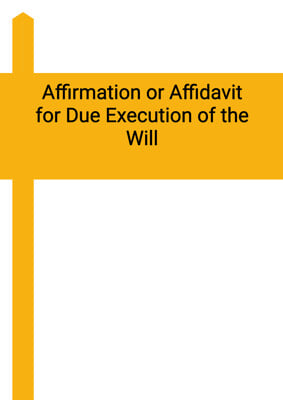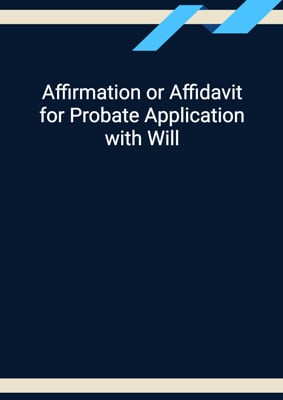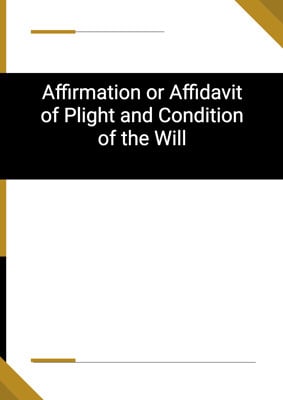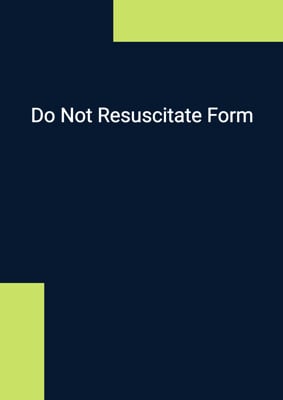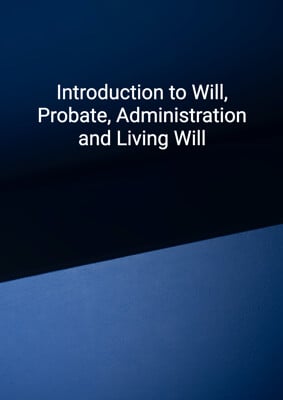How to Tailor the Document for Your Need?
01
Create Document
Click "Create Document" button and the document will be prepared with your account details automatically filled in.
02
Fill Information
Please fill in any additional information by following the step-by-step guide on the left hand side of the preview document and click the "Next" button.
03
Get Document
When you are done, click the "Get Document" button and you can download the document in Word or PDF format.
04
Review Document
Please review the document carefully and make any final modifications to ensure that the details are correct before publication / distribution.
Document Preview
Document Description
The document titled 'Renunciation of Probate / Administration' is a legal document that is used in the court of the deceased's domicile. It is important because it allows the executor of the deceased's estate to renounce their right and title to letters of administration. This renunciation is significant as it signifies that the executor is voluntarily giving up their role and responsibilities in administering the deceased's estate.
The document begins with a preamble that provides background information about the deceased. It states that the deceased died at a specific place and age, and had previously made and executed their last will. It also mentions that the deceased did not appoint any executor but named a specific individual as the executor and residuary legatee and devisee holding in trust.
Following the preamble, the document contains a statement from the executor. The executor, identified by their name, position, and address, declares that they renounce all their right and title to letters of administration with the will annexed of the deceased's estate. This renunciation is a formal act that relieves the executor from their duties and responsibilities in administering the estate.
The document concludes with a section for the executor's signature, seal, and delivery. It also provides space for a witness to sign and provide their name, title/occupation, and address.
In summary, the 'Renunciation of Probate / Administration' document is a legal instrument that allows the executor of a deceased person's estate to renounce their role in administering the estate. It contains a preamble, a renunciation statement from the executor, and spaces for signatures and witness information.
How to use this document?
1. Read the document carefully to understand its purpose and implications.
2. Identify the executor of the deceased's estate and ensure that they are the one renouncing their right to letters of administration.
3. Verify the accuracy of the information provided in the document, such as the deceased's details and the executor's information.
4. Ensure that the renunciation is voluntary and that the executor fully understands the consequences of renouncing their role.
5. Have the executor sign and seal the document in the presence of a witness.
6. Make copies of the executed document for record-keeping purposes.
7. File the renunciation document with the appropriate court or authority, as required by the jurisdiction.
8. Keep a copy of the filed document for future reference.
9. Communicate the renunciation to other relevant parties, such as beneficiaries or co-executors, if applicable.
10. Seek legal advice if there are any uncertainties or complexities regarding the renunciation process.
Not the right document?
Don’t worry, we have thousands of documents for you to choose from:



